Wild Blackberries
jessaka
16 years ago
Related Stories

GROUND COVERSGive Your Lawn a Taste of the Wild
Consider the joys of an irregularly trimmed meadow lawn: It’s ecofriendly, visually interesting and still good for romping
Full Story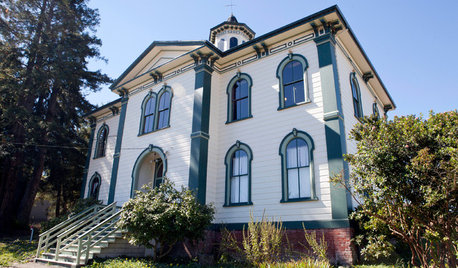
HISTORIC HOMESHouzz Tour: Meet the Schoolhouse Saved By ‘The Birds’
Once featured in Hitchcock’s feathery film, this schoolhouse has stood the test of time
Full Story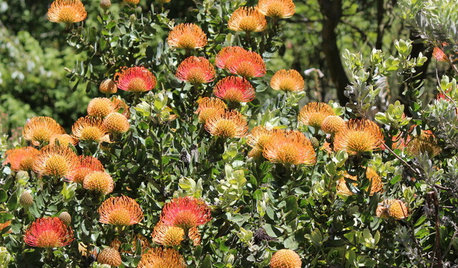
GARDENING GUIDESKeep Your Cool in the Garden — Here’s What to Do in August
Don’t let summer’s heat go to your head. These U.S. gardening guides will help you make sensible choices for all of your plantings
Full Story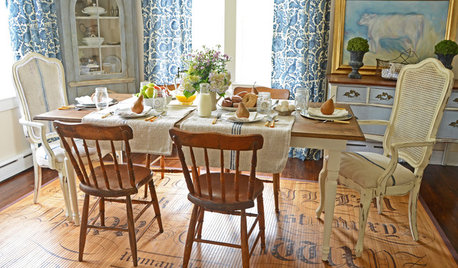
DINING ROOMS8 French Farmhouse Dining Rooms Worth Lingering In
Airily romantic or casual and cozy, these French farmhouse–style spaces encourage the art of leisurely dining
Full Story
GARDENING GUIDESHow to Switch to an Organic Landscape Plan
Ditch the chemicals for a naturally beautiful lawn and garden, using living fertilizers and other nontoxic treatments
Full Story
GARDENING GUIDESGarden-Friendly Native Alternatives to Overplanted Exotics
There are lots of gorgeous, wildlife-friendly native plants ready to make an appearance in your garden
Full Story
INSPIRING GARDENSFrom Concrete Lot to Gracious Organic Garden in Seattle
Plants, pests and even weeds have a place in this landscape, which offers an edible bounty and a feast for the eyes
Full Story
GARDENING AND LANDSCAPINGGrow a Lush Privacy Screen
No need to wait forever for patio privacy the green way. These 10 ideas will get your screening up and running in no time
Full Story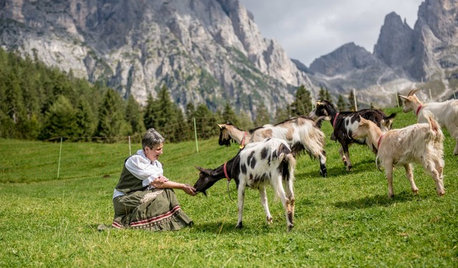
FARMHOUSESWorld of Design: See How 9 Families Live and Farm on Their Land
Join us as we visit the homes and farms of passionate food producers and hear about rural life around the globe
Full Story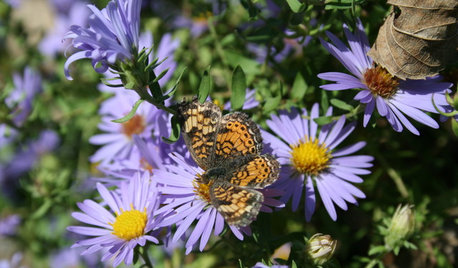






plantermunn
rjj1
Related Professionals
Palm Springs Landscape Architects & Landscape Designers · Barrington Landscape Contractors · Corona Landscape Contractors · Deer Park Landscape Contractors · Dickinson Landscape Contractors · Fountain Valley Landscape Contractors · Gresham Landscape Contractors · Kerman Landscape Contractors · Newberg Landscape Contractors · Severna Park Landscape Contractors · Merrifield Landscape Contractors · Crestline Decks, Patios & Outdoor Enclosures · Foothill Farms Decks, Patios & Outdoor Enclosures · Issaquah Decks, Patios & Outdoor Enclosures · St John's Kirk Decks, Patios & Outdoor Enclosurestrubbadubbadoo
Okiedawn OK Zone 7
trubbadubbadoo
Okiedawn OK Zone 7
barton
choehne
RichardLBoyd_gmail_com
Okiedawn OK Zone 7
WAH101935_aol_com